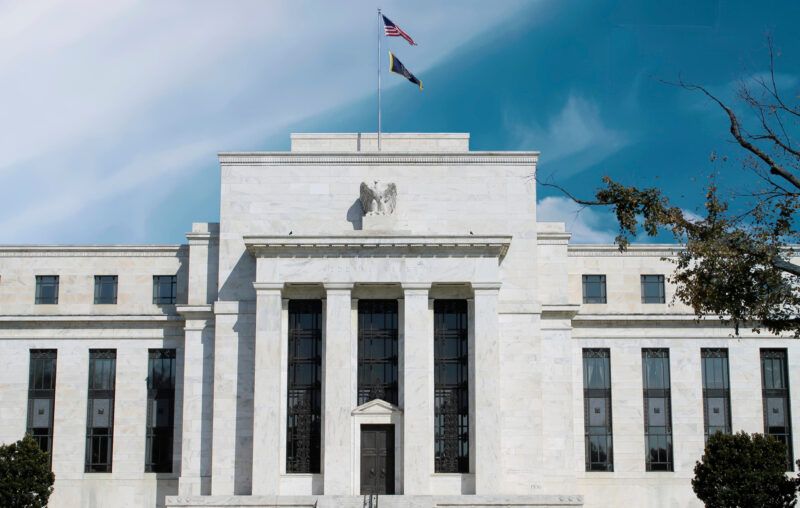
September’s inflation numbers aren’t good. Prices rose 8.2 percent year-over-year, down slightly from the last release, yet still painful. The biggest news is “core” inflation, which excludes volatile food and energy prices. Core inflation hit 6.6 percent year-over-year, the highest since 1982. High core inflation suggests price pressures are broad-based, rather than limited to a few supply-constrained areas of the economy.
What can we expect the Fed to do? Despite angry noises from the peanut gallery, the central bank will almost certainly continue to tighten. Inflation this high, lasting this long, creates a crisis of legitimacy for the Fed. Nobody knows precisely what “stable prices” means, but we can be sure inflation running three times as high as the Fed’s target doesn’t qualify.
Let’s not confuse tighter policy with tight policy, however. Interest on reserves, which is the Fed’s primary monetary policy instrument, is currently 3.15 percent. That’s a nominal interest rate. To calculate the real interest rate, we need to subtract expected inflation. Core prices have grown 0.6 percent per month over the last two months, or 7.2 percent on an annualized basis. Using that as the market’s inflation expectation for next year, the expected real interest rate on reserves is -4.05 percent. If inflation were only half as high over the next month as core inflation has been over the previous two months, which seems very optimistic, the real interest rate on reserves would be -0.45 percent, still negative.
Ideally, the Fed would ensure the real interest rate it pays on reserves matches what economists call the natural real interest rate. This is the rate justified by economic fundamentals, such as productivity growth, population growth, and time preferences. Natural interest rates are unobservable, but economists have estimates. One recent measure of the short-run natural rate of interest, published by the Fed, is 0.36 percent. Using our projected core inflation rate of 7.2 percent, that would imply the Fed should raise its policy rate to 7.56 percent. Obviously, that is much higher than the Fed has projected.
We must be cautious when relying on interest rates to gauge the stance of monetary policy. That said, careful consideration suggests that monetary policy isn’t all that tight at the moment.
The next few FOMC meetings will be critical. There’s growing pressure on the Fed to change course, or at least slow its pace of tightening. International financial markets, especially in the European Union and the United Kingdom, are spooked. The fallout from the Russia-Ukraine conflict, as well as China’s economic woes and continued “zero COVID” restrictions, also spell trouble for the global economic outlook. At home, financiers are starting to grumble, as it turns out investment and capital allocation can be difficult when interest rates are positive. Lastly, we’d be naive to overlook the potential for partisan considerations to affect monetary policy. All these combined mean Fed Chair Jerome Powell has some tricky months ahead.
The Fed’s chief task is to restore its lost credibility. In retrospect, the switch to average inflation targeting was a mistake. It gave the Fed plausible deniability for noisier, less predictable policy. Markets recognized this and responded accordingly. Now the Fed is in an uncomfortable position: it may have to ruffle a great many feathers by reducing aggregate demand before markets are persuaded it means business.
There is a slight glimmer of hope. Long-run inflation expectations have moderated recently and appear stationary. Both the 5-year and 10-year breakeven inflation rates are holding at about 2.3 percent. This isn’t a perfect measure; the market for inflation-indexed treasuries is pretty thin and the Fed has been a major purchaser since at least January 2022, which can throw off the numbers. Nevertheless, we have some signs that those with “skin in the game” expect continued moderation of monetary conditions. Sometimes, less bad is all you can get.
* This article was originally published here
PUBLISH WITH US!
The Washington Gazette works at our discretion with businesses, non-profits, and other organizations. We do not work with socialists, crony capitalists, or disinformation groups. Click the green button below to view our services!
HELP STOP THE SPREAD OF FAKE NEWS!
SHARE our articles and like our Facebook page and follow us on Twitter!




0 Comments